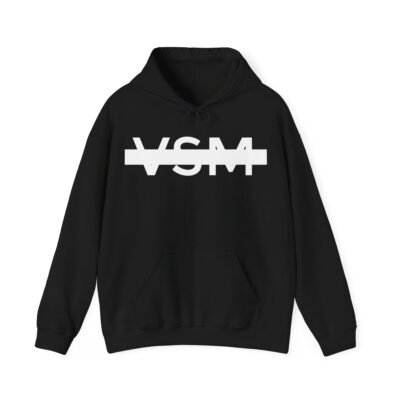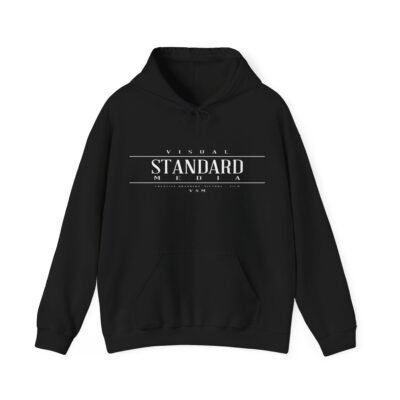Tips for Crafting Captivating Narratives
In a world inundated with content, the ability to tell compelling stories through visuals is a powerful tool. Visual storytelling allows us to connect with audiences on a deeper level, evoking emotions and leaving a lasting impact. In this blog post, we will explore the art of storytelling through visuals and provide you with valuable tips to create captivating narratives that resonate with your audience.
Understanding the Importance of Visual Storytelling
Visual storytelling has the ability to transcend language and cultural barriers, speaking to our innate human desire for narratives. It engages our emotions, sparks curiosity, and fosters a sense of connection. By understanding the power of visual storytelling, you can leverage it to captivate your audience and effectively convey your message.
Identifying Your Story’s Core Message
Every compelling narrative has a core message or theme. Before you start creating visuals, take the time to identify the key message you want to convey. Whether it’s about hope, perseverance, or love, having a clear central theme will guide your storytelling process and ensure your visuals align with your intended message.
Choosing the Right Visual Elements
Visual storytelling relies on carefully selected elements that convey meaning and emotion. Consider the setting, characters, objects, colors, and lighting in your visuals. Each element should contribute to the narrative and enhance the overall story you want to tell. Strive for coherence and visual harmony to create a seamless storytelling experience.
Crafting a Compelling Narrative Arc
Just like in traditional storytelling, visual narratives benefit from a well-structured arc. Introduce your audience to the world you’ve created, build tension and conflict, and resolve it in a satisfying way. Think about how you can create anticipation, surprises, and emotional peaks and valleys within your visuals to keep your audience engaged from start to finish.
Leveraging Emotions to Create Connection
Emotions are the fuel that drives effective storytelling. Tap into the power of emotions by crafting visuals that evoke specific feelings in your audience. Whether it’s joy, sadness, awe, or excitement, emotions will help forge a connection between your audience and your story. Use colors, facial expressions, and composition techniques to evoke the desired emotional response.
Creating Memorable Characters
Characters are essential in visual storytelling. Develop relatable and memorable characters that your audience can connect with. Consider their backgrounds, motivations, and conflicts. Show their growth or transformation throughout the narrative to add depth and create a more engaging story.
Sequencing and Framing the Visuals
The order and arrangement of your visuals play a crucial role in storytelling. Carefully consider the sequence of shots and how they flow together. Experiment with different framing techniques, such as close-ups, wide shots, and unique angles, to enhance the visual storytelling experience and guide your audience’s attention.
Enhancing the Narrative with Sound and Music
Sound and music have a profound impact on storytelling. Choose appropriate background music, sound effects, or narration to complement your visuals and amplify the emotional resonance of your story. The right audio elements can elevate your visuals, creating a more immersive and captivating narrative.
The power of storytelling through visuals is undeniable. By applying these tips, you can harness that power to create compelling narratives that resonate with your audience. Remember to infuse your visuals with a clear message, carefully chosen elements, emotional depth, and well-structured storytelling techniques. Craft narratives that engage, inspire, and leave a lasting impression. Embrace the art of visual storytelling, and watch as your audience becomes captivated by the stories you tell.










Recent Comments